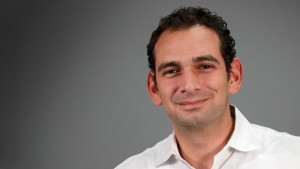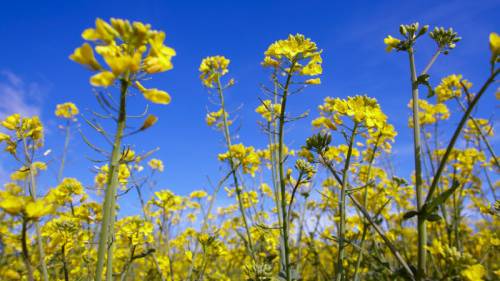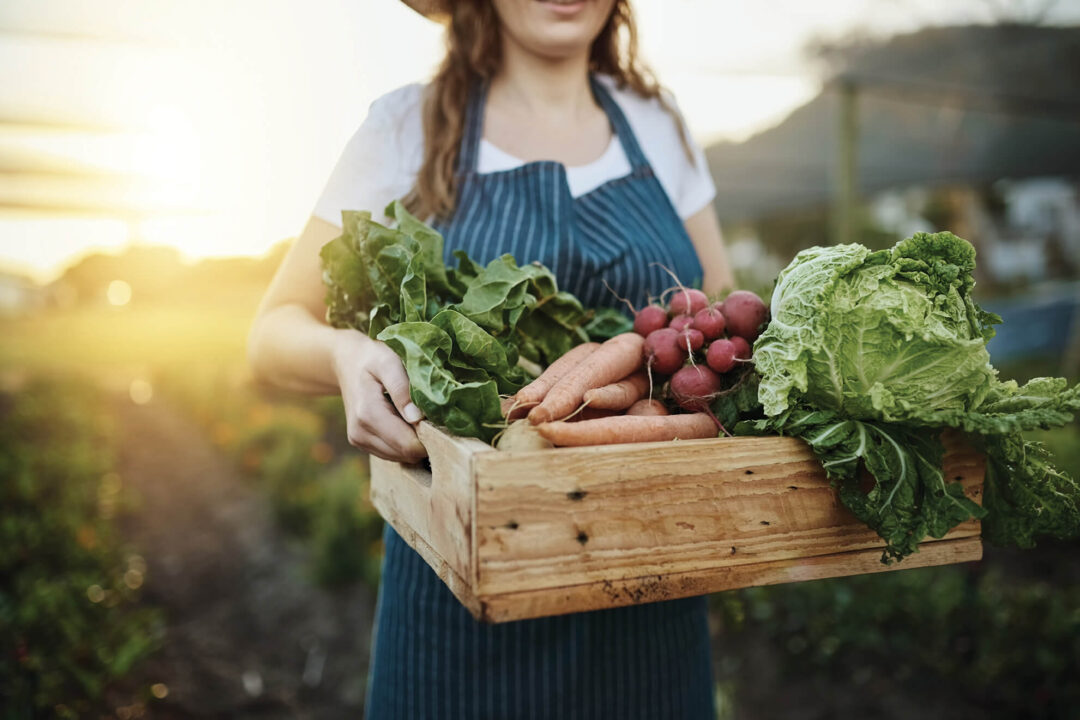Why Glyphosate Prices Are Falling
 Glyphosate prices hit a four-month low in September. Soft prices have plagued profitability for glyphosate producers this year. Overcapacity in China helped keep prices low beginning late last year. Environmental regulations enforced in March strengthened prices as supply ebbed temporarily, but prices turned lower as the growing season in the Northern Hemisphere went on.
Glyphosate prices hit a four-month low in September. Soft prices have plagued profitability for glyphosate producers this year. Overcapacity in China helped keep prices low beginning late last year. Environmental regulations enforced in March strengthened prices as supply ebbed temporarily, but prices turned lower as the growing season in the Northern Hemisphere went on.
Despite widespread supply variability for some raw materials and active substances, the industry’s blockbuster chemistry shows no signs of disruption. Here’s why:
Buyers built inventories. Buyers typically stock inventories between September and January in the Northern Hemisphere, where at about 60% of agriculture crops are grown. Most distributors were well-stocked by the time environmental laws were enacted in March, and most companies stayed on the sidelines to evaluate product supply. And though there was a slight price uptick, many buyers fortified their inventories to hedge against a possible price increase like the industry saw in 2008/09.
Buyers say they increasingly purchase products more opportunistically than cyclically because of that era that left many suppliers holding expensive inventories as prices fell from $10 to $12 per liter to $4 to $5 per liter seemingly overnight. Formulators, wholesalers and importers won’t be making that mistake again.
Demand is Down. Glyphosate is the largest single active substance in the world, but its growth has slowed considerably amid herbicide resistance, most prominently in the United States, Brazil, Argentina and Australia. Premixes using mixed modes of action, older herbicides and an anticipated shift in the seeds and traits technology to dicamba and 2,4-D all contribute to slower growth for glyphosate. Glyphosate will always be an important tool for burndown and seed platforms, but there are other chemistries in the tank these days.
Capacity is still healthy, and growing. China lost some capacity as low-cost producers opted to close their doors instead of upgrading facilities or building new ones in industrial parks. But these lost suppliers only contribute to about 10% of China’s total glyphosate output. Larger companies easily filled the gap with higher output, and capacity increases from larger companies have been in the works for years.
Monsanto still has additional capacity to ramp up in the United States and Brazil as well. All accounted for, there is ample global capacity to meet current demand and potential demand increases in China, India and Africa.
China’s task force still in control. CCPIA’s working groups on AIs were developed following the price volatility following the 2008/09 bubble. As the leading producers gather monthly to make predictions on demand and tweak supply accordingly, prices have been relatively stable for the past five years. This oversight means that all of the market intelligence in the world could be rendered useless if this task force changes direction significantly.
Given these factors, industry insiders expect the price of glyphosate to hover around $4.50 per liter by year’s end. But 2015 should see demand similar to 2014. Dow’s Enlist Duo, Monsanto’s Xtend and BASF’s Engenia are expected to be available for the 2015 growing season, but delays and uncertainties about availability of companion chemistries means that adoption will be low next year. 2016 could be a very different story.






